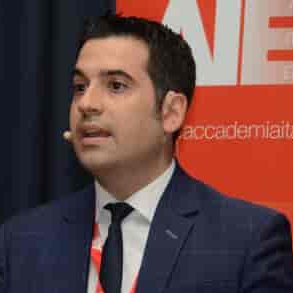Oral Health and Diseases
A special issue of International Journal of Environmental Research and Public Health (ISSN 1660-4601). This special issue belongs to the section "Global Health".
Deadline for manuscript submissions: closed (15 June 2021) | Viewed by 120594
Special Issue Editor
Interests: oral health; special care in dentistry; gerodontology; oral health and diseases
Special Issues, Collections and Topics in MDPI journals
Special Issue Information
Dear Colleagues,
Previous studies have been reported about the strong association between several systemic diseases and dental diseases, such as caries, periodontitis, and periapical jaw lesions. The influence of oral diseases on general health is mostly attributed to the nature of these diseases, which are primarily chronic bacterial infections that have a local effect of compromised teeth´s periodontal tissues and a systemic effect, whereby the increased levels of inflammatory mediators contribute to endothelial dysfunction and carotid artery plaque formation.
On the other hand, preventive strategies should be implemented to reduce oral problems, due to the negative consequences on individuals and communities in terms of pain and suffering, functional impairments, and reduced quality of life. Psychosocial factors, such as improved awareness, knowledge, and attitudes toward dental health care in both children and adult patients are included in general health status improvements.
This Special Issue will focus on oral health and diseases and their impact on clinical practice. Full papers of original articles, communications, and review articles are all welcome.
Prof. Dr. Francisco Javier Rodríguez-Lozano
Guest Editor
Manuscript Submission Information
Manuscripts should be submitted online at www.mdpi.com by registering and logging in to this website. Once you are registered, click here to go to the submission form. Manuscripts can be submitted until the deadline. All submissions that pass pre-check are peer-reviewed. Accepted papers will be published continuously in the journal (as soon as accepted) and will be listed together on the special issue website. Research articles, review articles as well as short communications are invited. For planned papers, a title and short abstract (about 100 words) can be sent to the Editorial Office for announcement on this website.
Submitted manuscripts should not have been published previously, nor be under consideration for publication elsewhere (except conference proceedings papers). All manuscripts are thoroughly refereed through a single-blind peer-review process. A guide for authors and other relevant information for submission of manuscripts is available on the Instructions for Authors page. International Journal of Environmental Research and Public Health is an international peer-reviewed open access monthly journal published by MDPI.
Please visit the Instructions for Authors page before submitting a manuscript. The Article Processing Charge (APC) for publication in this open access journal is 2500 CHF (Swiss Francs). Submitted papers should be well formatted and use good English. Authors may use MDPI's English editing service prior to publication or during author revisions.
Keywords
- Oral health
- Special patients
- Gerodontology
- Oral health care of patients with special needs
- Oral bisphosphonates
- Autism spectrum disorders
- Elderly
- Jaw osteonecrosis
- Hemodialysis
- Periodontal disease
- Disability
- Dental treatment





